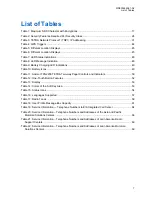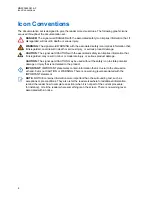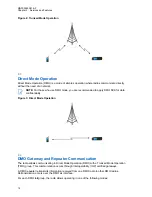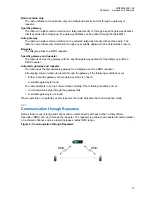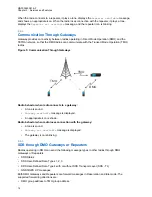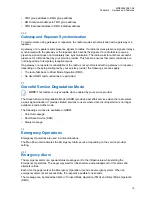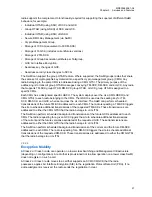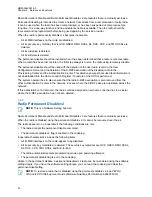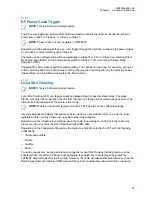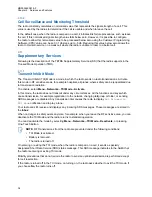
Box
are deleted. On enabling the radio permanent disable, the access to the protected messages is
lost.
2.7.8
SDS End-to-End Encryption
NOTE:
This is a Software Selling Feature.
End-to-end Encryption (E2EE) provides customers with a higher degree of confidentiality than existing
TETRA air interface data encryption.
The TETRA standard supports the air interface security that provides protection of the air interface.
The information flow inside the infrastructure is not secured. When you require data protection for your
data going through the infrastructure, you need your entire transport path to be encrypted.
This entire path encryption is called E2EE. The source and the destinations are supplied with the
mechanism for encrypting and decrypting.
NOTE:
The 260–275 MHz radios do not support the SDS end-to-end encryption.
In air interface encryption, the receiving Base Station decrypts data which travels clear within the
system domain. For E2EE, the transmitting radio encrypts the data and the receiving radio or an E2E
terminator located in the infrastructure decrypts the data.
E2EE protects the SDS/SDS-TL data services both in TMO and DMO. The following TETRA data
types are protected.
• SDS type 4 with SDS - TL
• SDS type 4 without TL
For short data applications, the source data may come from an external application or from a task
internal to the radio, such as text messages or GPS. The radio passes only the internal text messages
and GPS data for encryption by its crypto-engine.
The encrypted short data service is established between two end points. One end point is terminated
in the radio, and the other end point is terminated in a Short Data Encryption Gateway (SDEG) or
another radio. The destination address specifies the encryption type, that is, whether the packets are
transmitted as encrypted, clear, or dropped.
MN003465A01-AF
Chapter 2 : Services and Features
21

